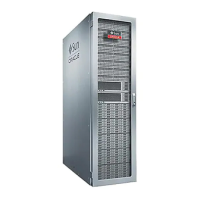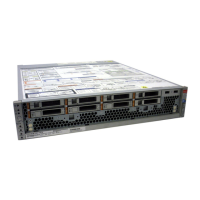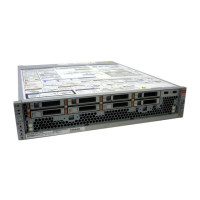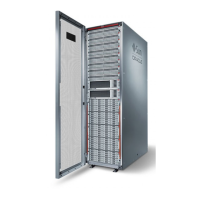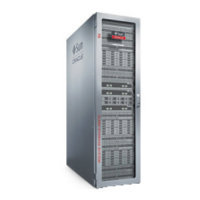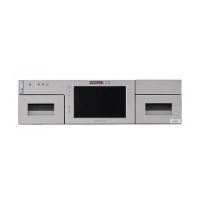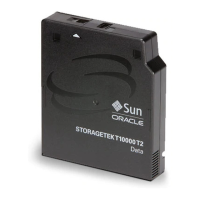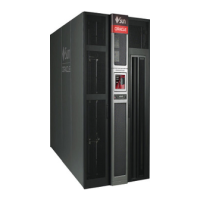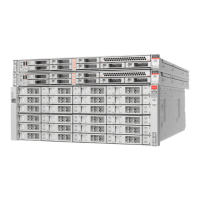Viewing Pool and Device Status (BUI)
Multiple Pools
Each controller can have any number of pools, and each pool can be assigned ownership
independently in a cluster. With the ability to control access to log and cache devices on a per-
share basis, the recommended mode of operation is a single pool. While arbitrary number of
pools are supported, creating multiple pools with the same redundancy characteristics owned
by the same cluster head is not advised. Doing so will result in poor performance, suboptimal
allocation of resources, artificial partitioning of storage, and additional administrative
complexity. Configuring multiple pools on the same host is only recommended when drastically
different redundancy or performance characteristics are desired, for example a mirrored pool for
databases and a RAID-Z pool for streaming workloads.
Number of Devices per Pool
Drives within all of the chassis can be allocated individually; however, care should be taken
when allocating disks from disk shelves to ensure optimal pool configurations. In general, fewer
pools with more disks per pool are preferred because they simplify management and provide a
higher percentage of overall usable capacity.
While the system can allocate storage in any increment desired, it is recommended that each
allocation include a minimum of 8 disks across all disk shelves and ideally many more.
Drive Characteristics and Performance
Follow these restrictions when configuring storage pools:
■
All data disks contained within a head node or disk shelf must have the same rotational
speed (media rotation rate). The appliance software will detect misconfigurations and
generate a fault for the condition.
■
Due to unpredictable performance issues, avoid mixing different disk rotational speeds
within the same pool.
■
For optimal performance, do not combine disk shelves with different disk rotational speeds
on the same SAS fabric (HBA connection). Such a mixture operates correctly, but likely
results in slower performance of the faster devices.
■
Avoid mixing different disk capacities within the same pool. When configuring storage
pools that contain data disks of different capacities, ZFS will in some cases use the size
of the smallest capacity disk for some or all of the disks within the storage pool, thereby
reducing the overall expected capacity. The sizes used will depend on the storage profile,
layout, and combination of devices.
110 Oracle ZFS Storage Appliance Administration Guide, Release OS8.6.x • September 2016
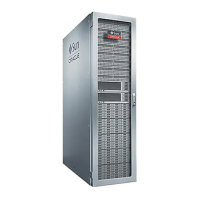
